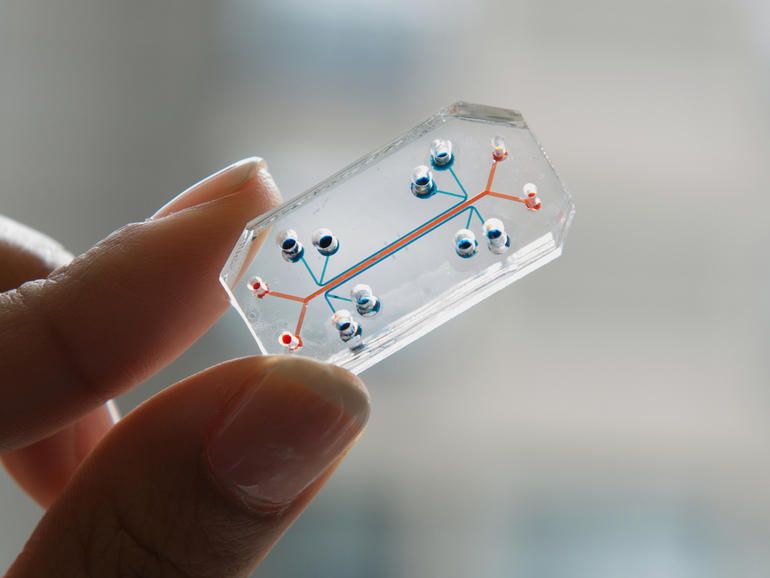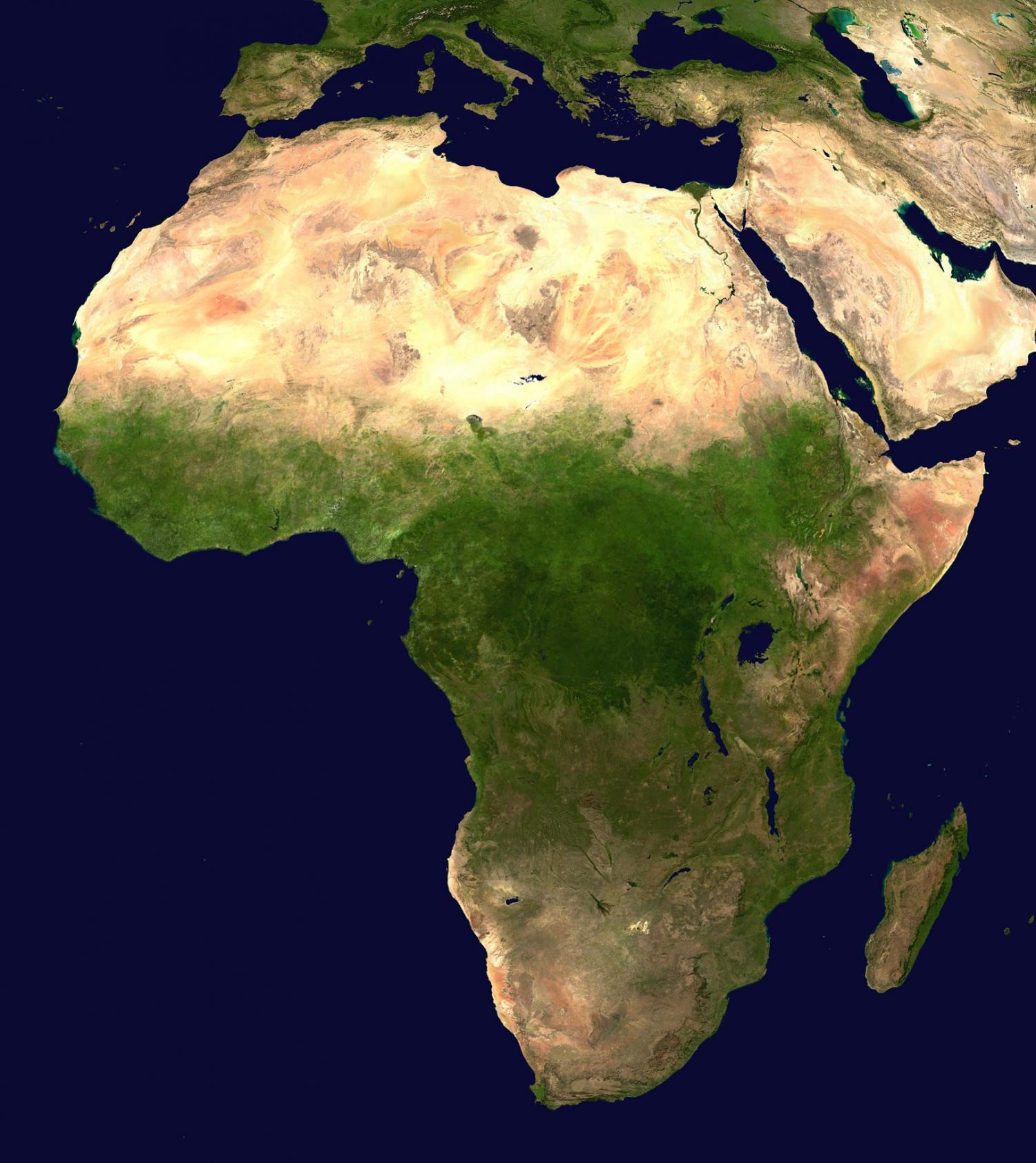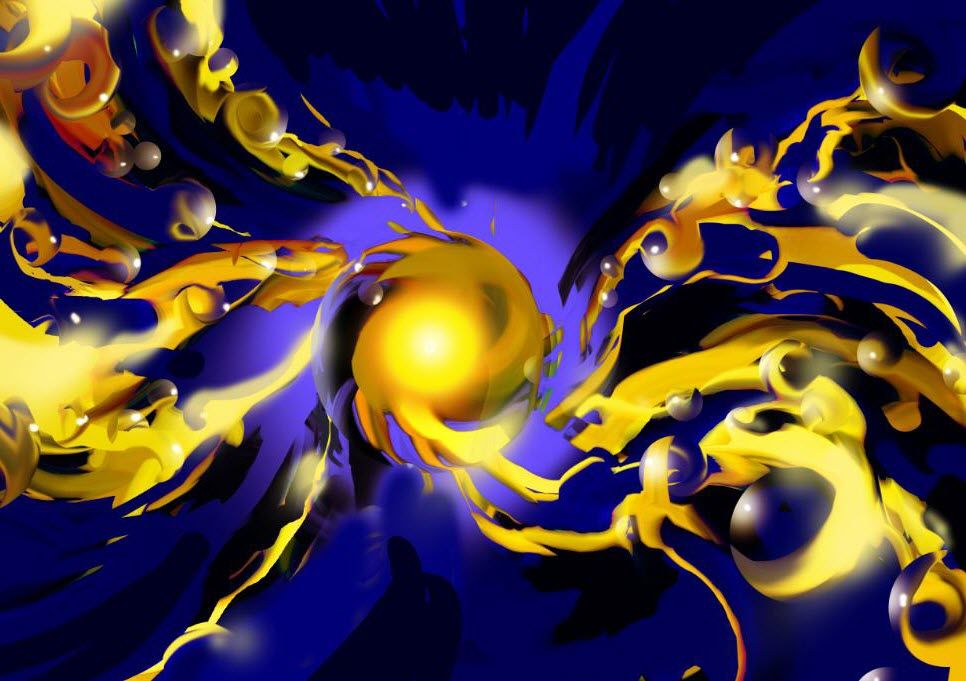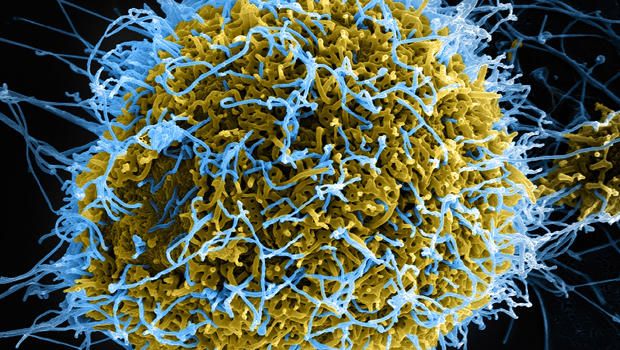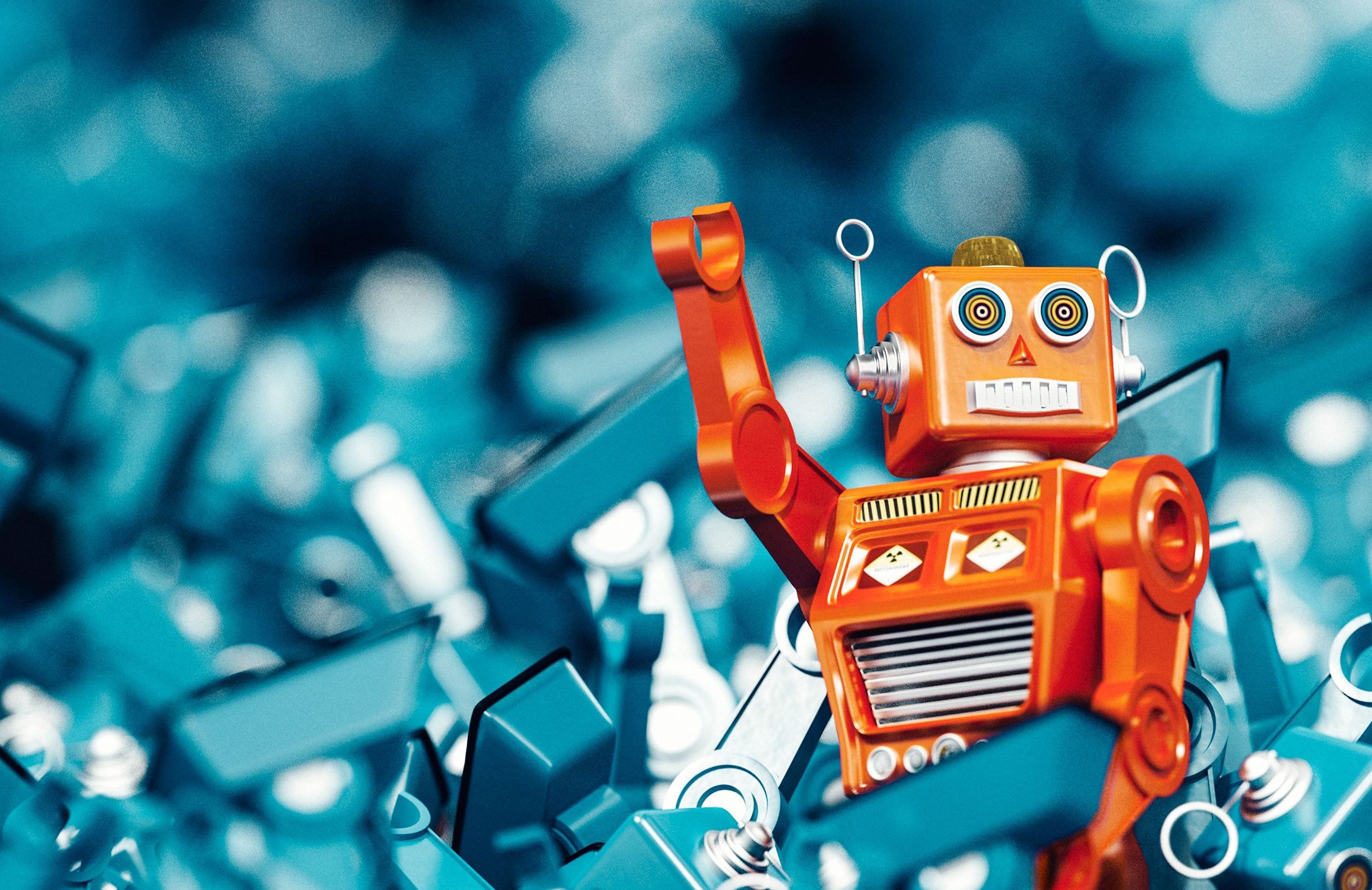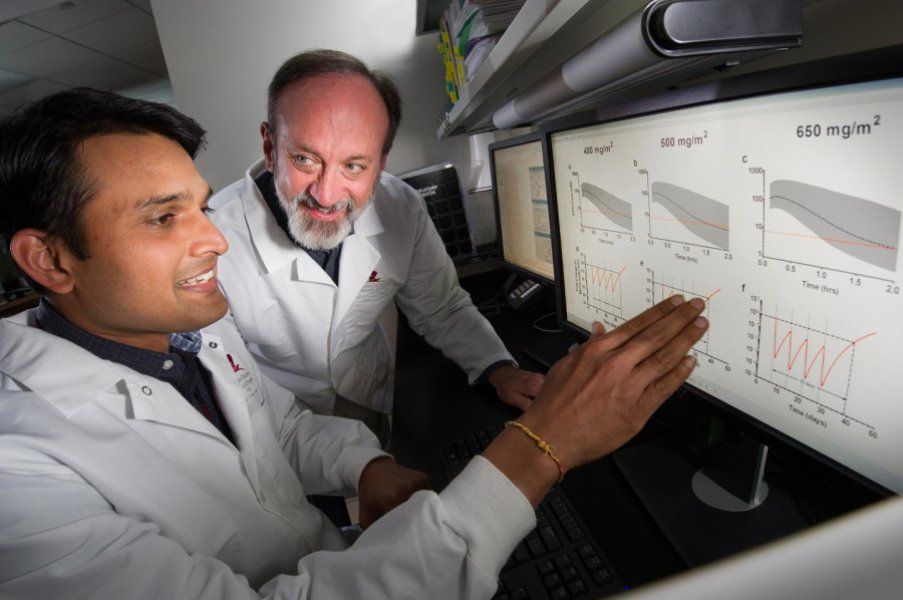The community has the power to direct science and we no longer have to accept the traditional path of state funded science. We have the power to choose the direction science takes!
The cadence of SENS rejuvenation research fundraising this year will be a little different from that of past years. There will be more groups involved and more smaller initiatives running through existing crowdfunding sites for a start. The first of these fundraisers for 2016 has launched at crowdfunding site Lifespan.io, and is definitely worthy of our support. The Major Mouse Testing Program is a new non-profit group of researchers and advocates, who have spent the last six months making connections and laying the groundwork to run more animal studies of SENS-relevant prototype therapies focused on health and life span. This is an important gap in the longevity science community as it exists today: consider the painfully slow progress in organizing animal studies in senescent cell clearance over the past five years, for example. Given more enthusiasm and more funding, that could have happened a lot faster. Consider also that the research mainstream — such as the NIA Interventions Testing Program — carries out very few rigorous health and life span studies of potential interventions for aging in mice, and of those almost none are relevant to the SENS approach of damage repair, the only plausible path to radical life extension within our lifetimes.
Animal studies are vital; not just one or two, here or there, but a systematic approach to generating rigorous supporting data, establishing dosage, and uncovering unexpected outcomes. The Major Mouse Testing Program can do a great deal to fill this gap for our community, and has the potential to be an important supporting organization for the SENS Research Foundation, for startups working on SENS technologies such as Oisin Biotechnologies, and for labs involved in SENS research. The more diversity the better. The only thing that the Major Mouse Testing Program lacks today is the initial funding and support that we can provide to give them a good start on their plans for the future. With clever organization, a non-profit organization allied with established labs can carry out solid animal studies at a cost low enough for people like you and I to fund the work via fundraisers, and that is exactly what we should do.
I have stepped up to donate to this first fundraiser for the Major Mouse Testing Program, and I hope that you will too. This is a useful, needed initiative, the people involved are solid members of the community, doing the right thing, and pulling together the right networks, and they deserve our support. This first crowdfunding initiative is focused on expanding animal studies of drug-based senescent cell clearance approaches, in collaboration with existing groups that are working in this field. Remember, however, that this isn’t just about setting up one set of experiments. This is the first step in building out an organization that can help greatly in the years to come, as the field of potential rejuvenation treatments expands, and the need grows for the non-profit groups in our community to specialize and diversify.
